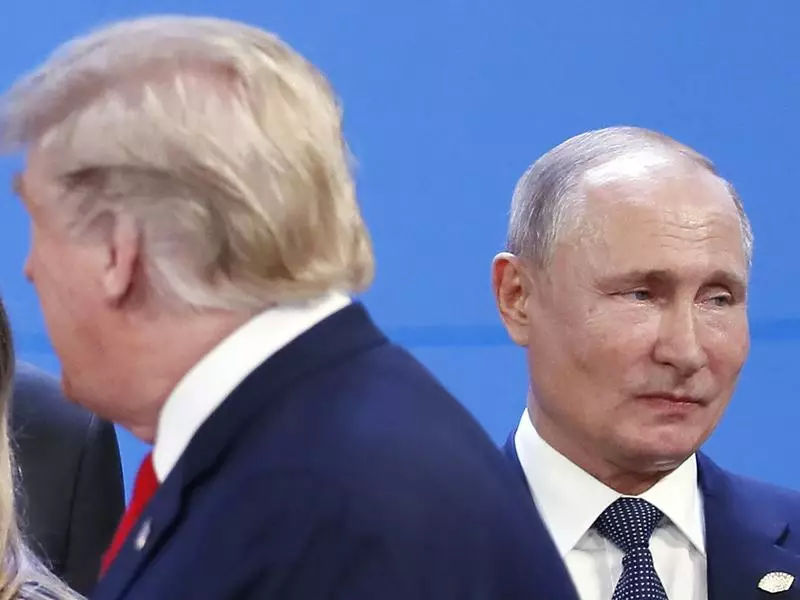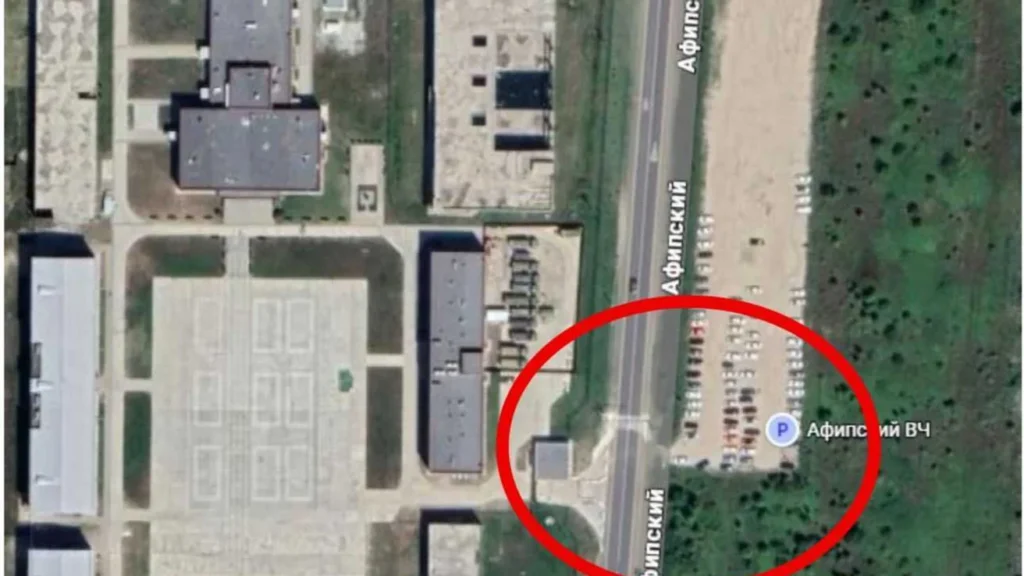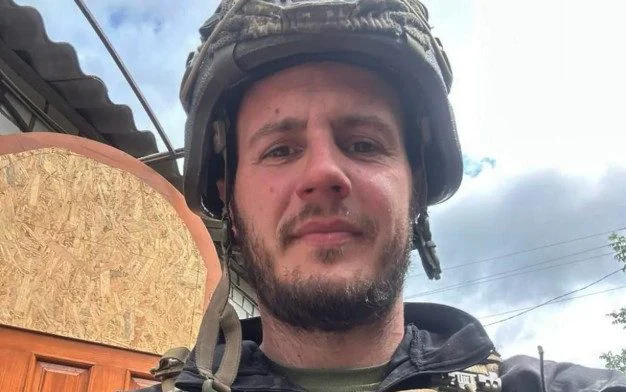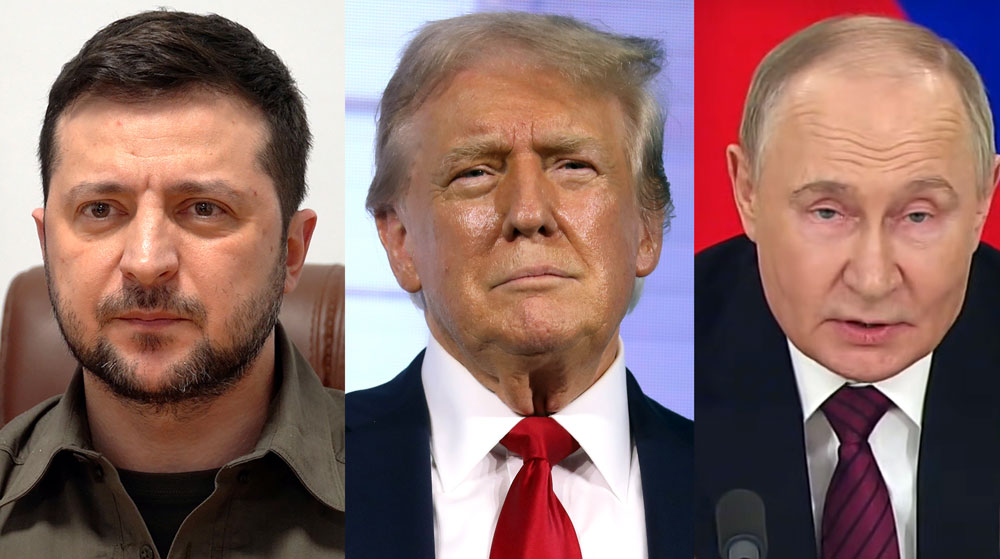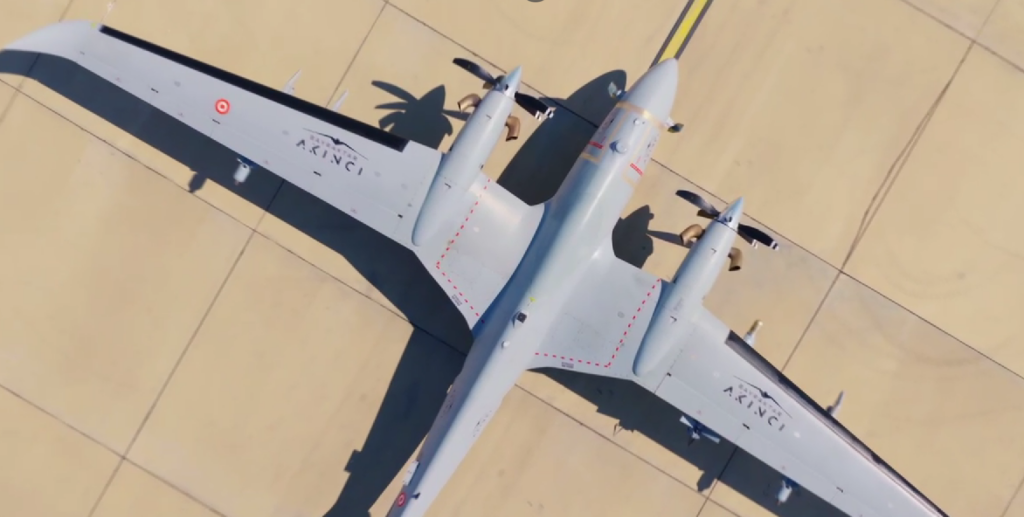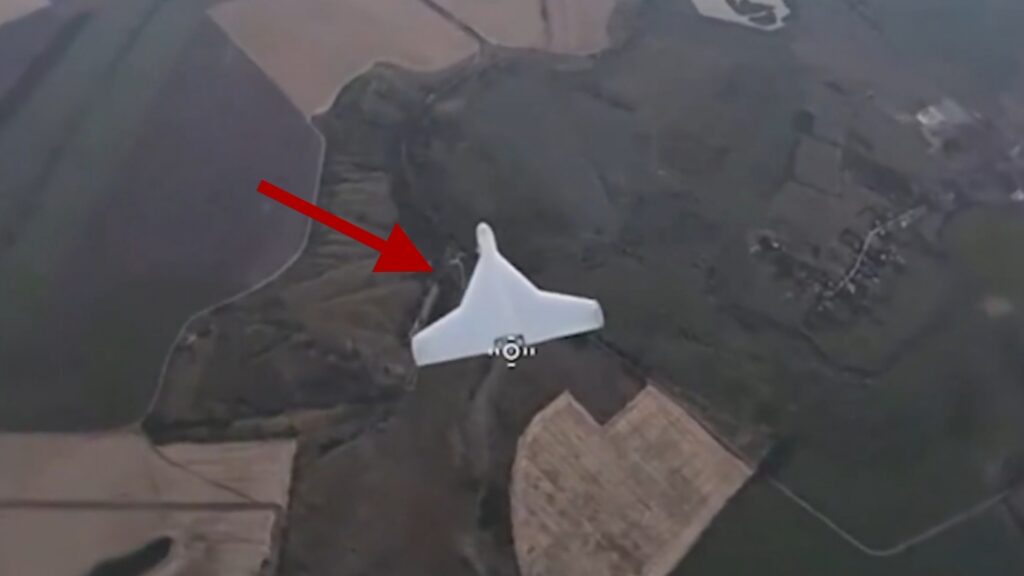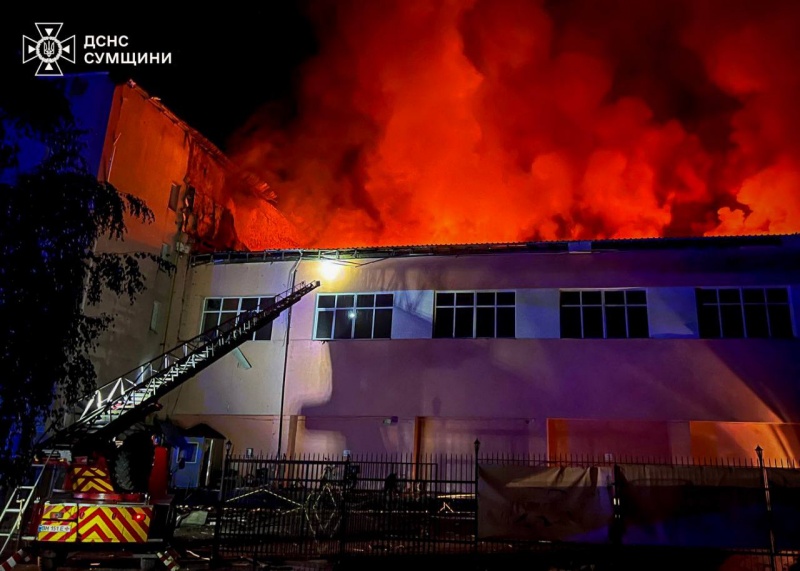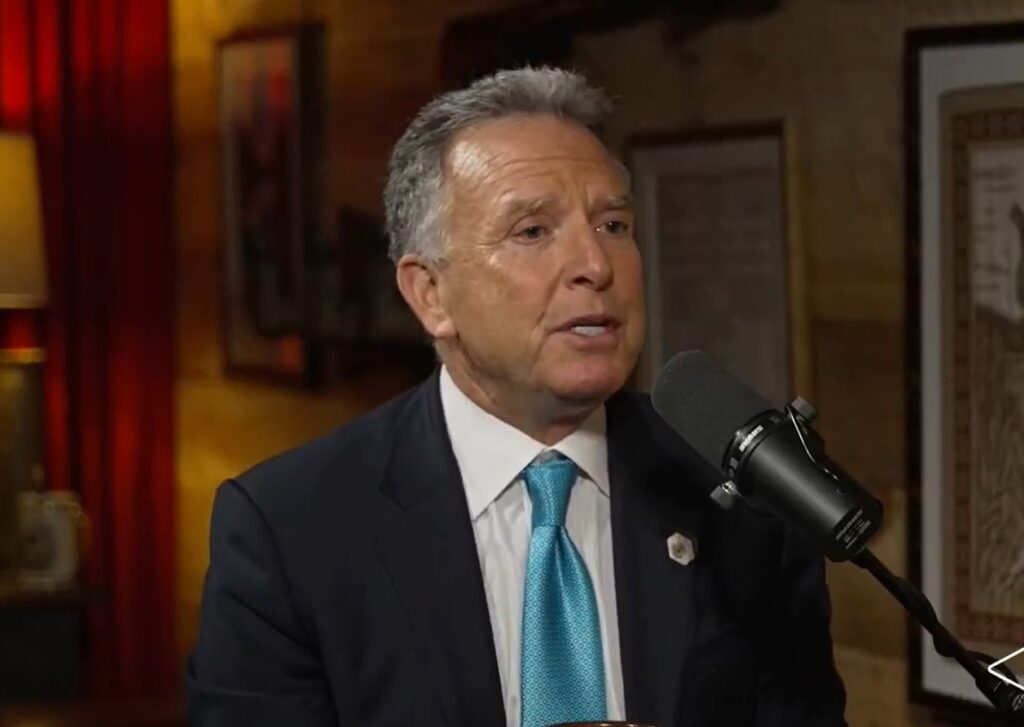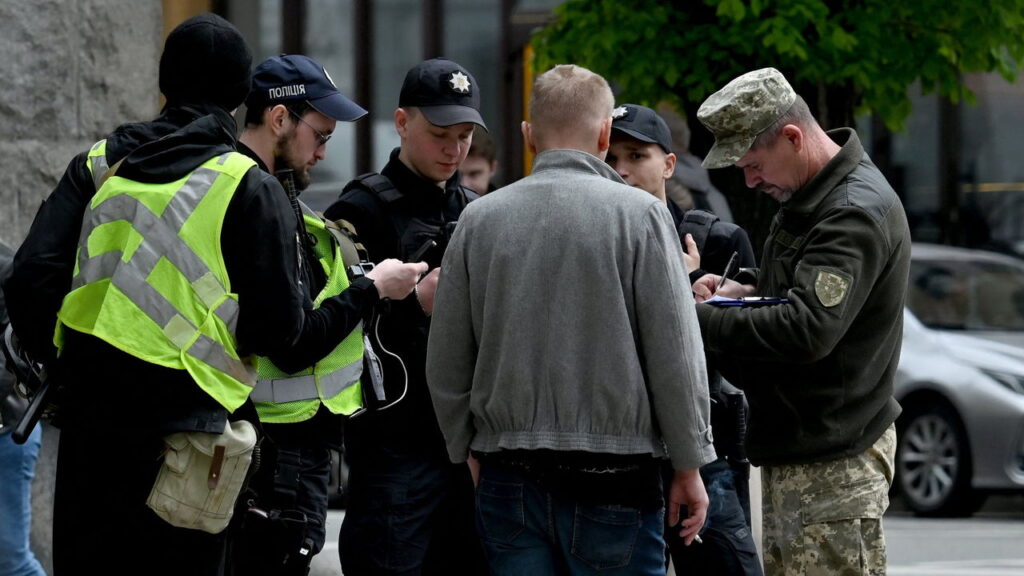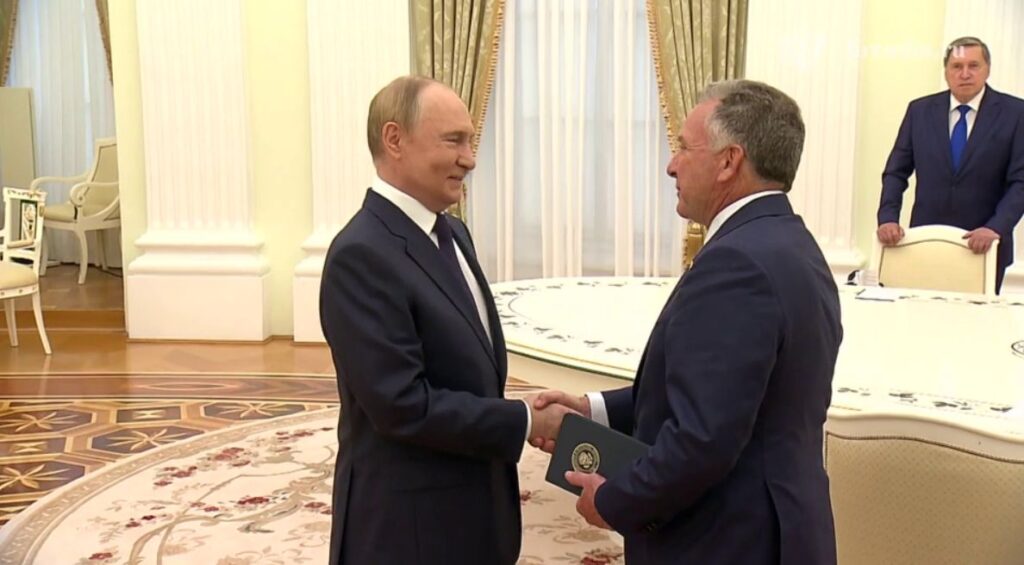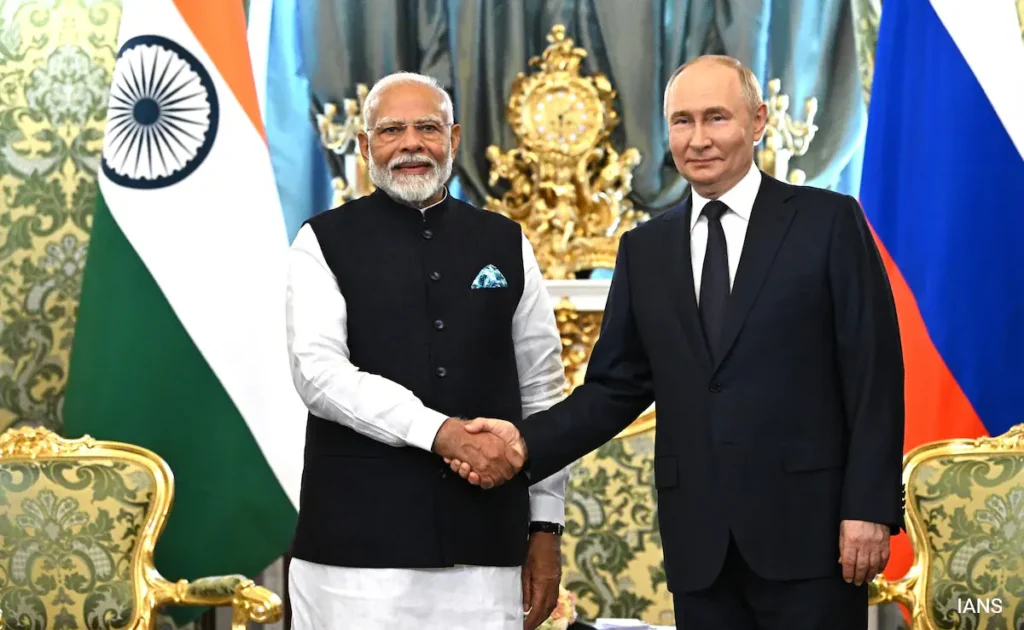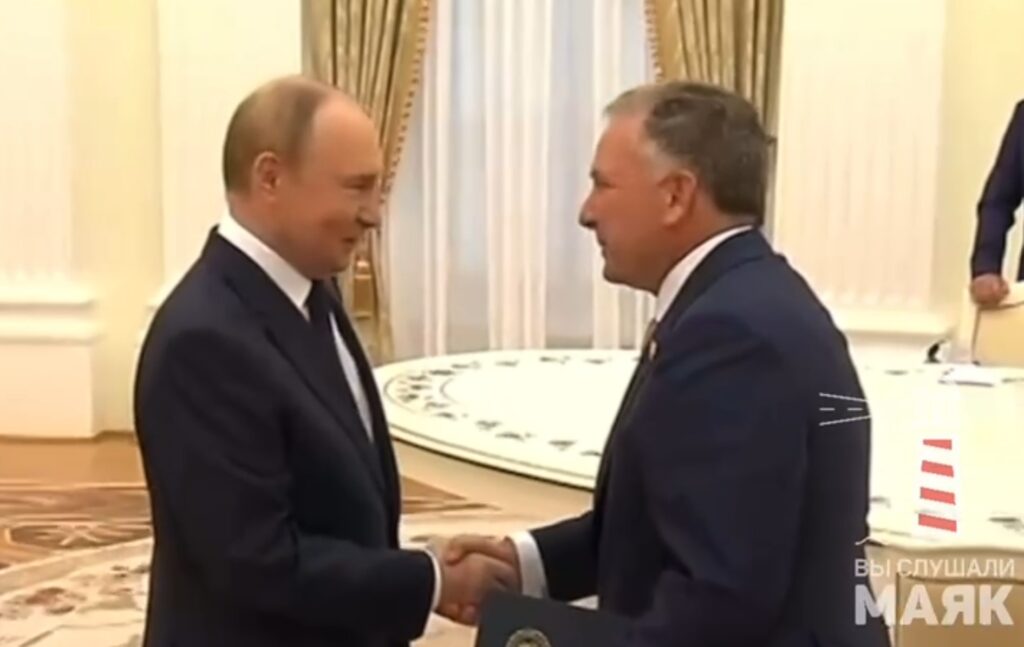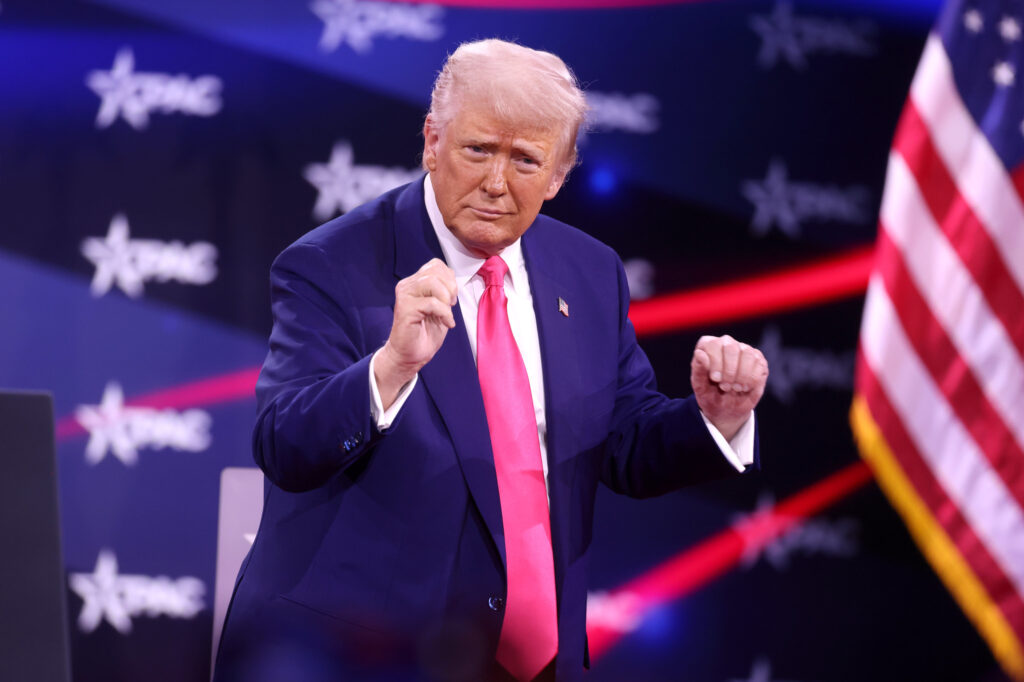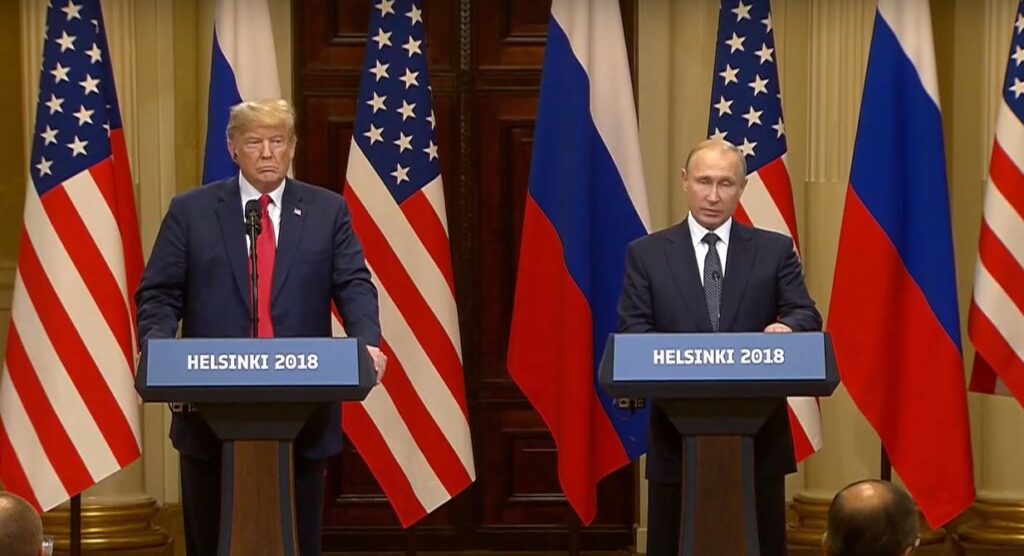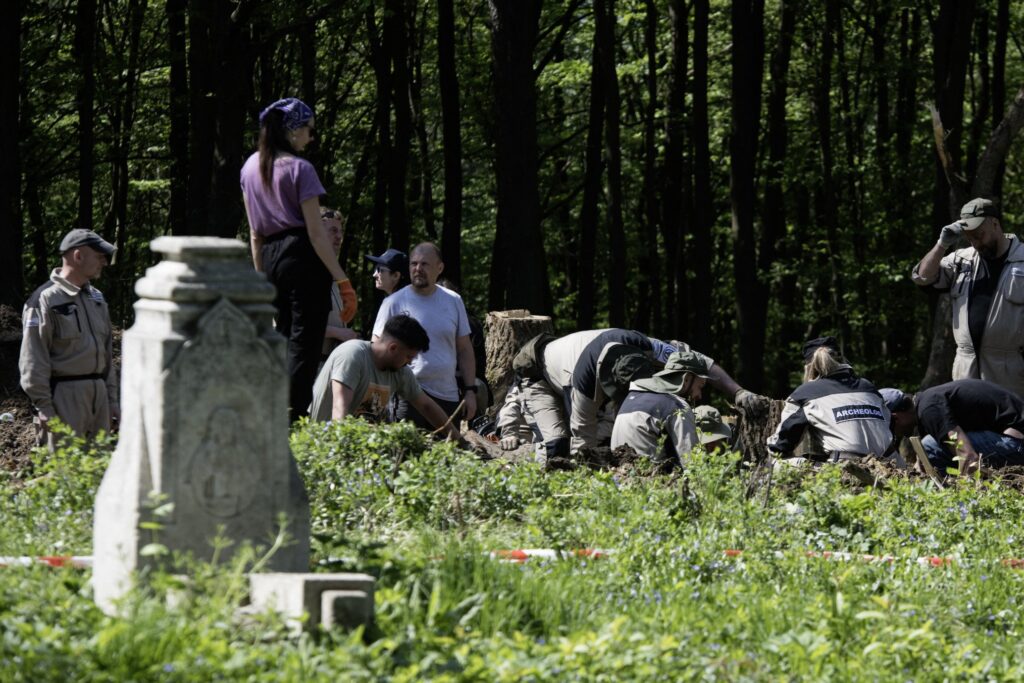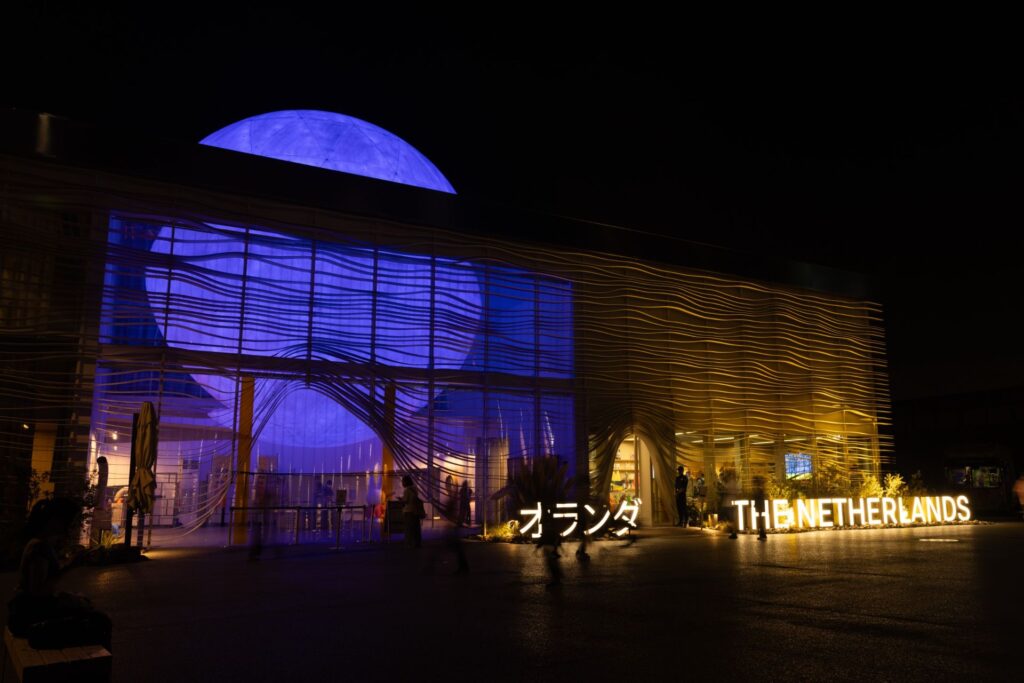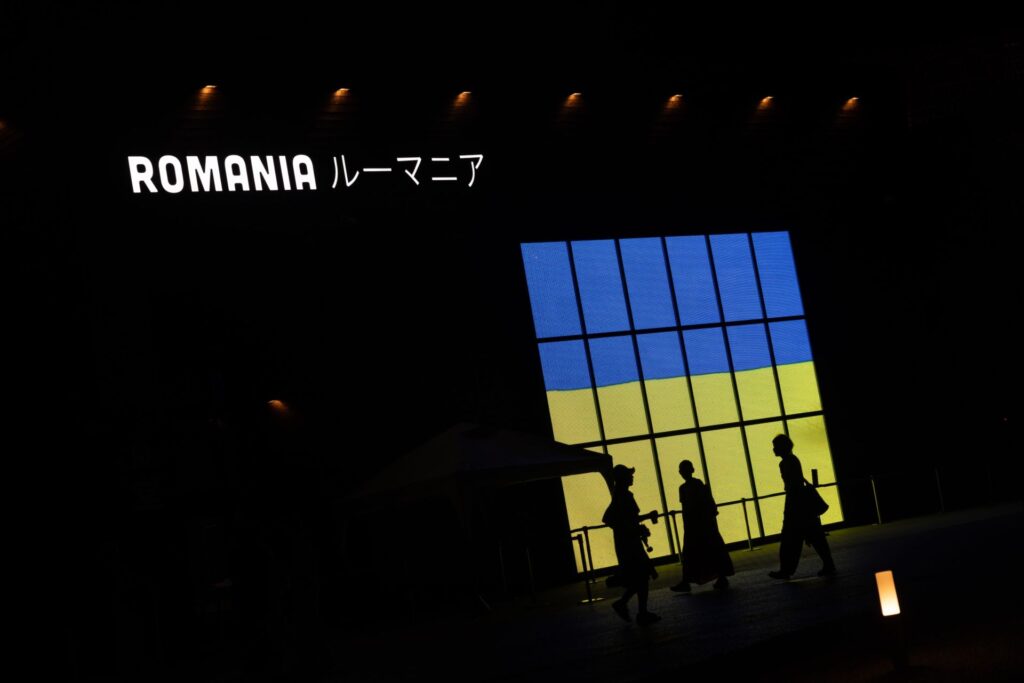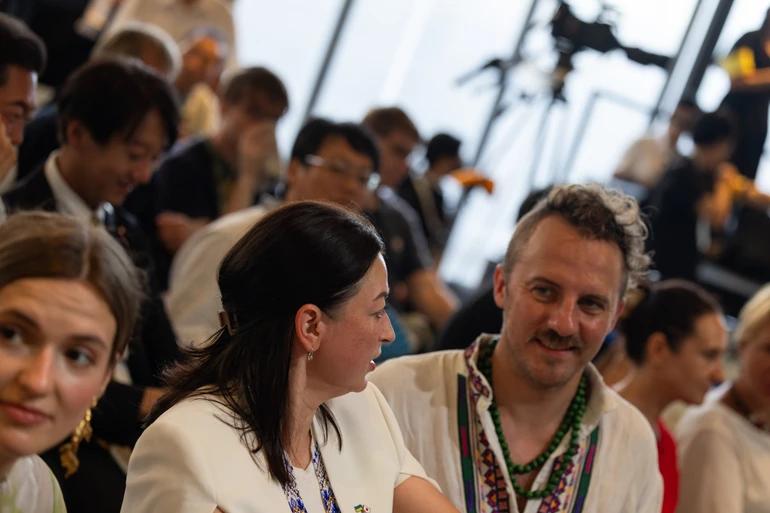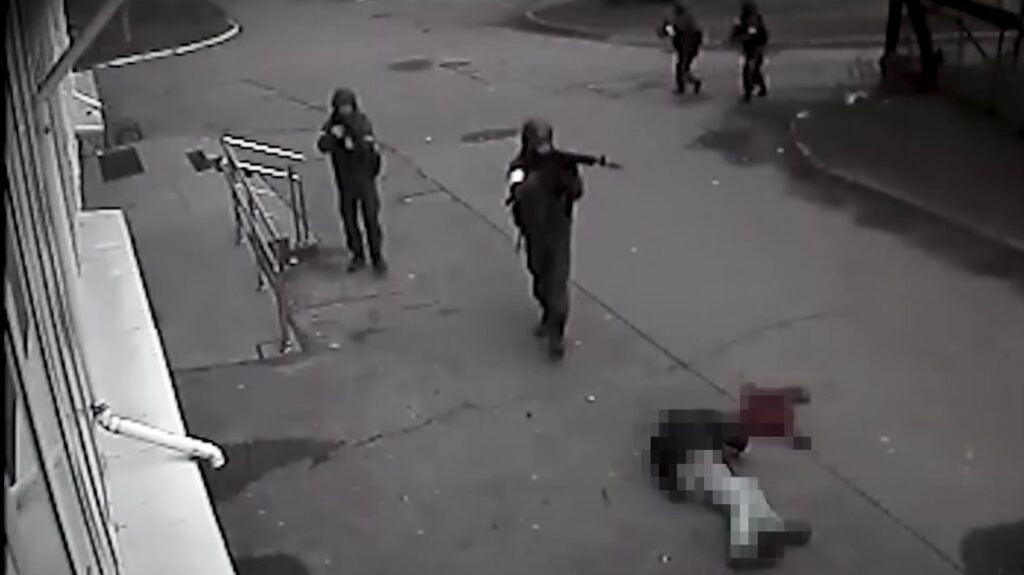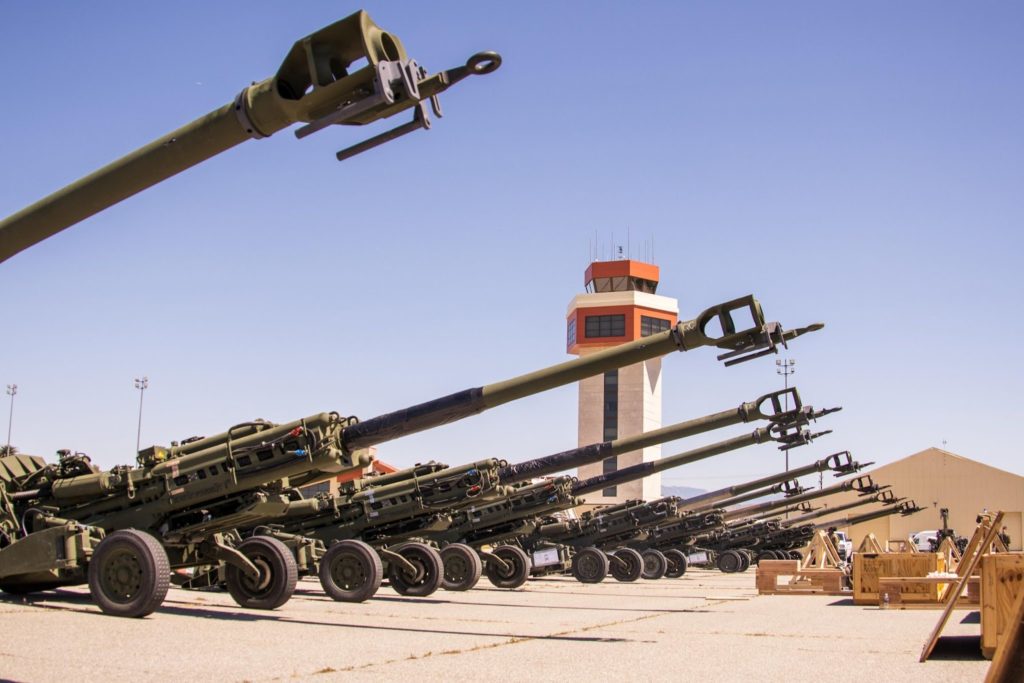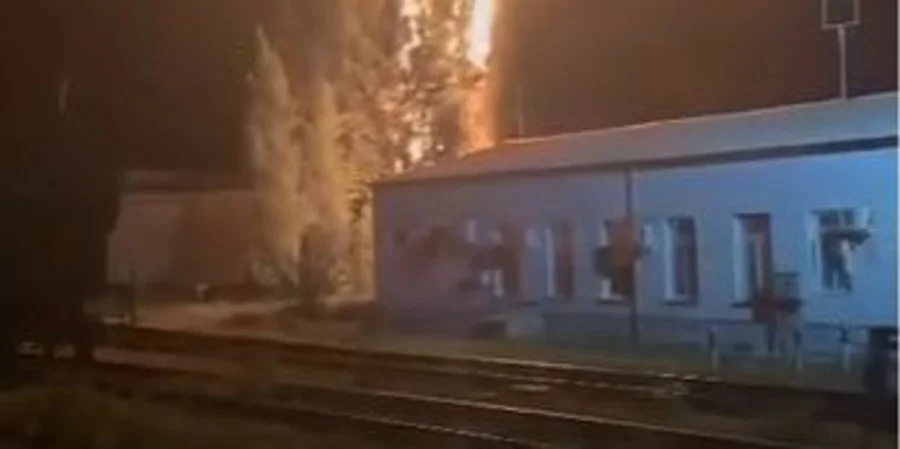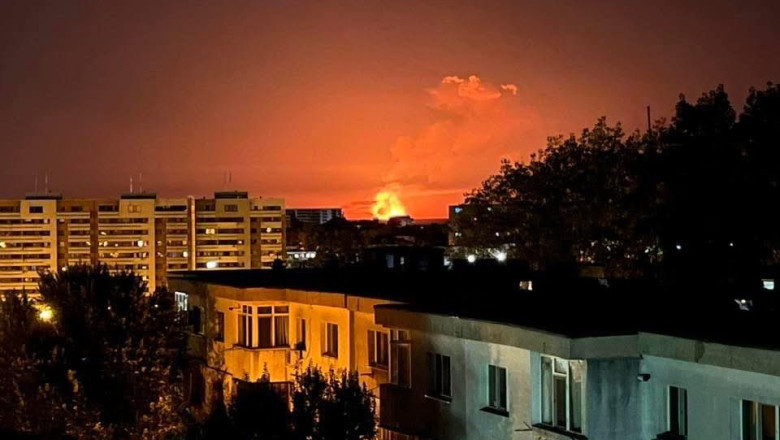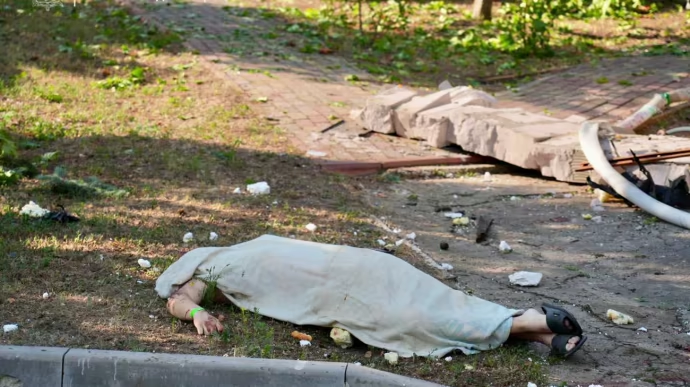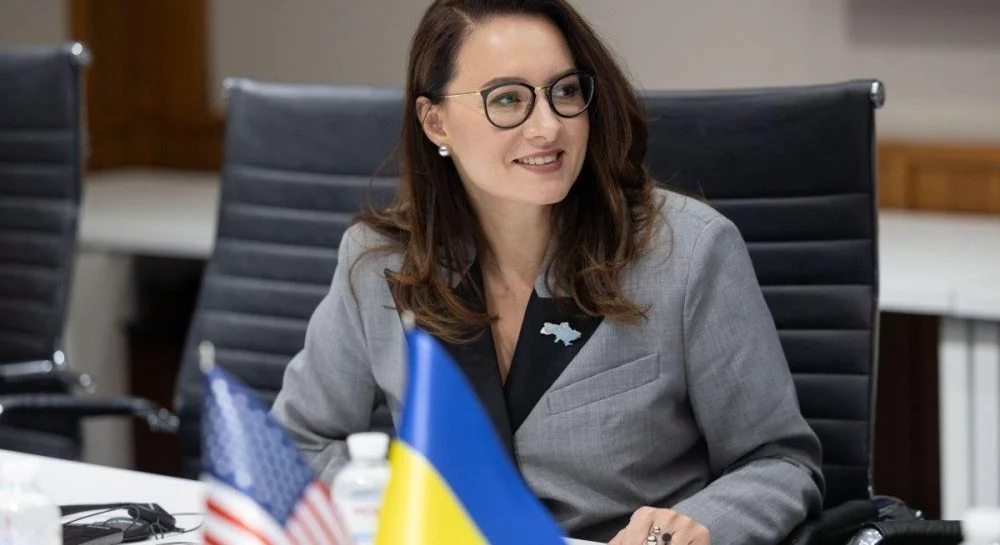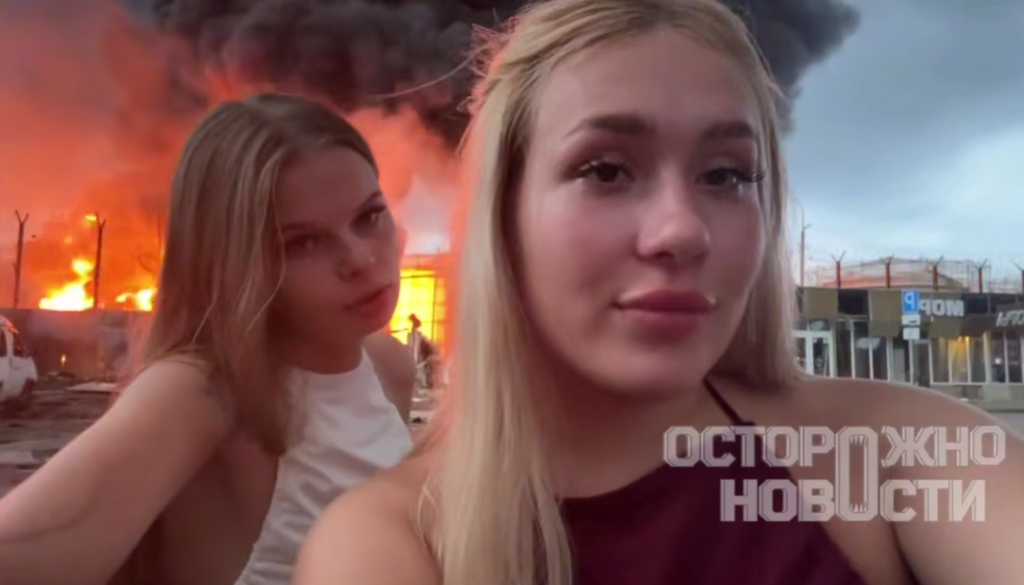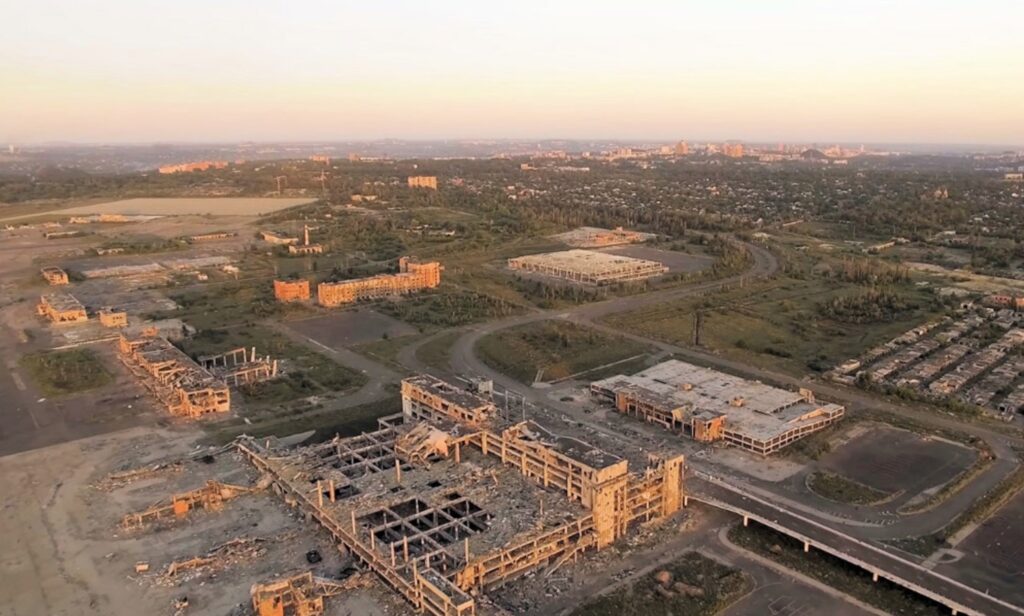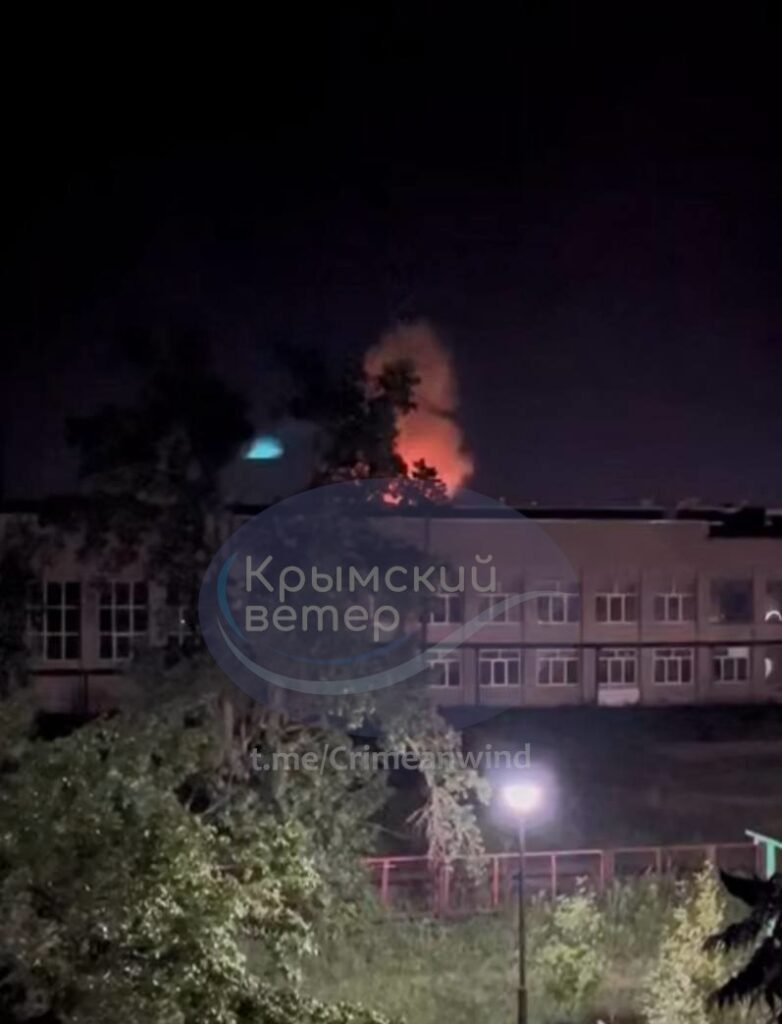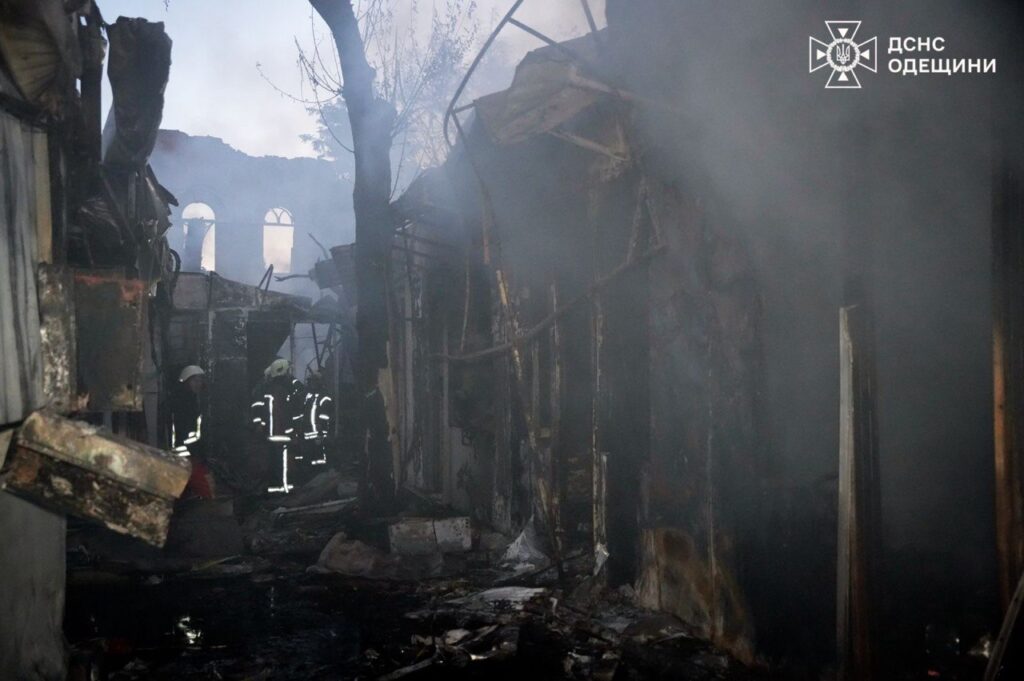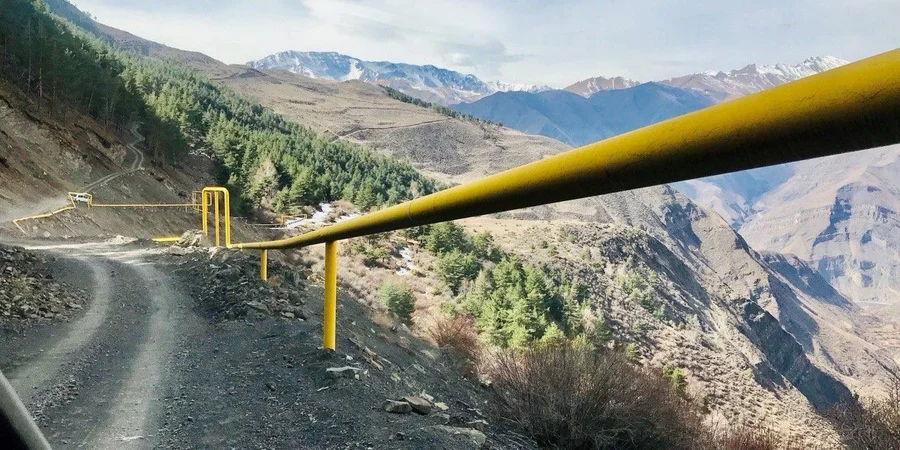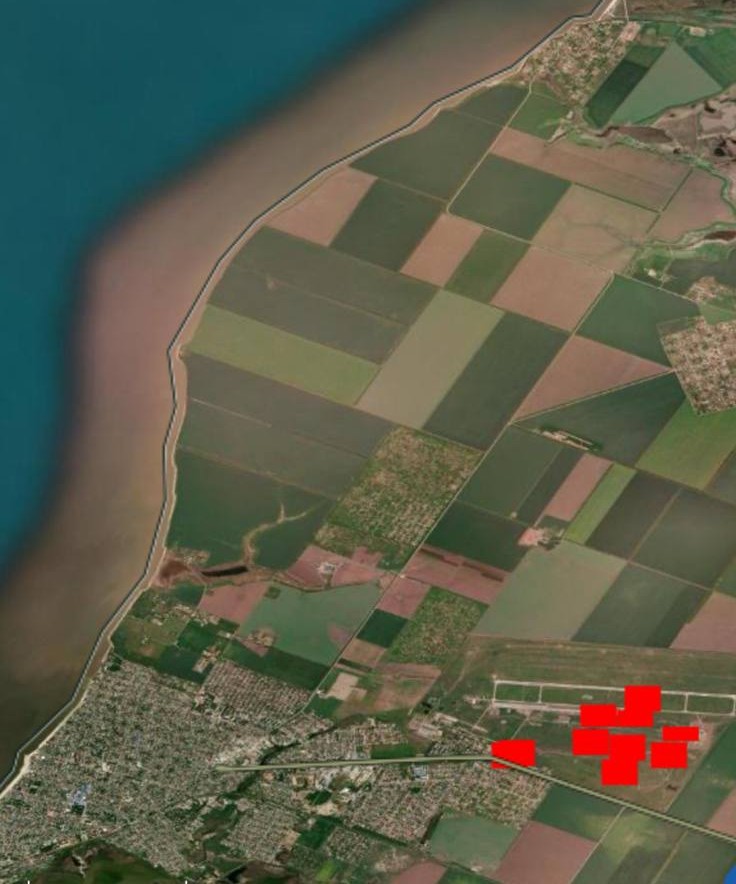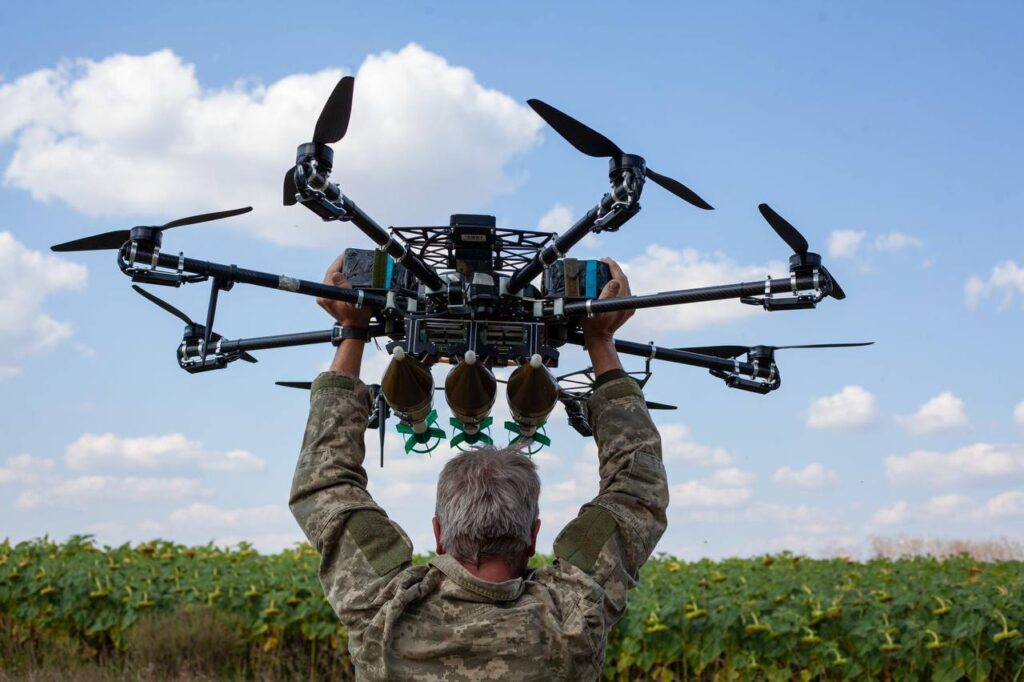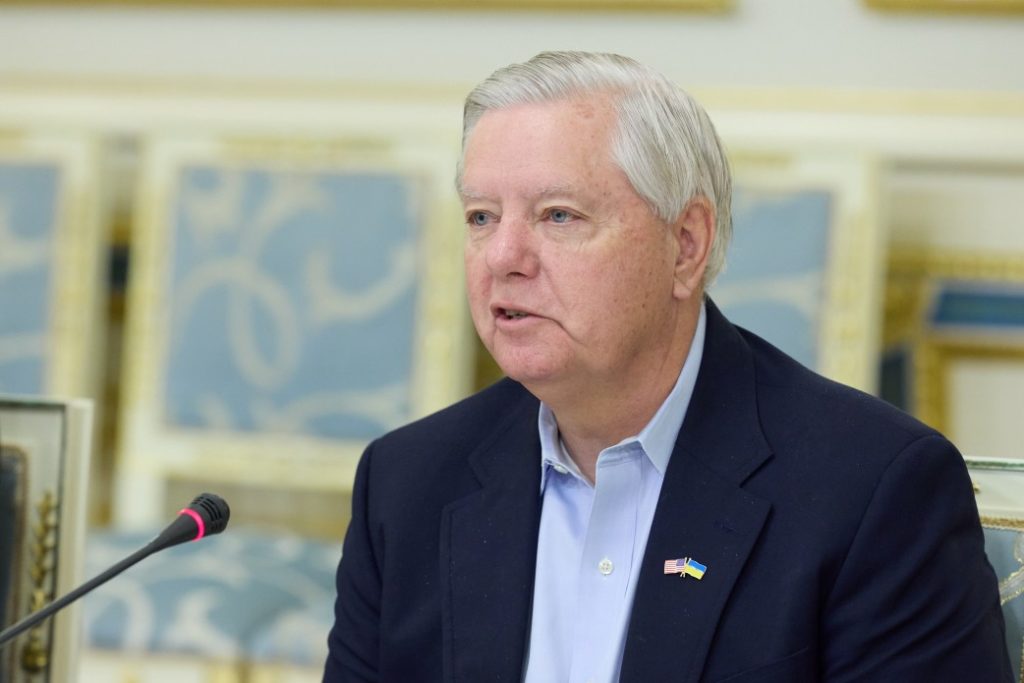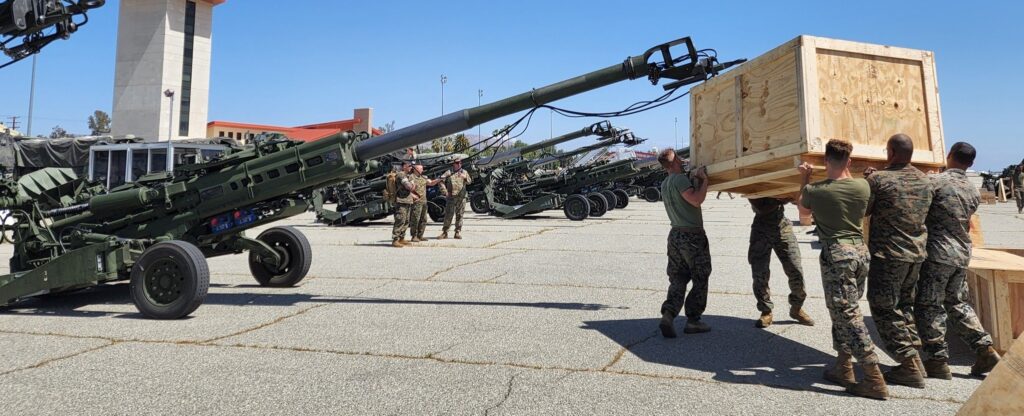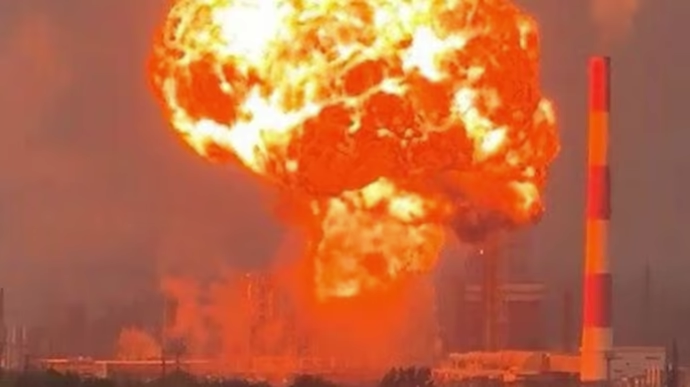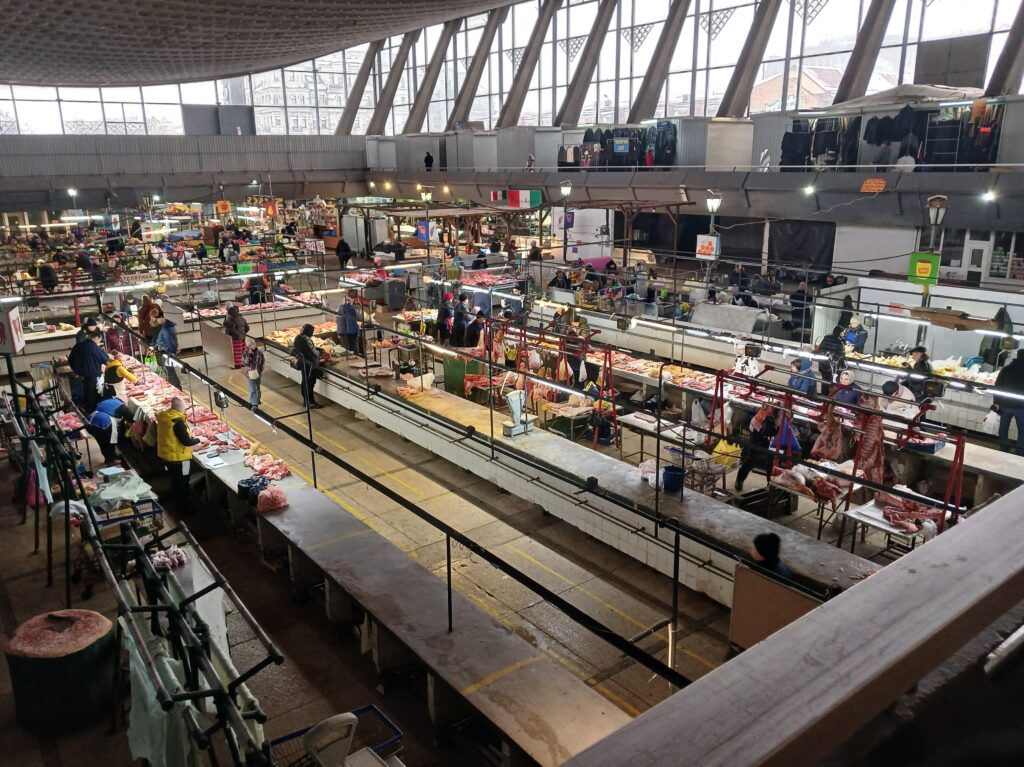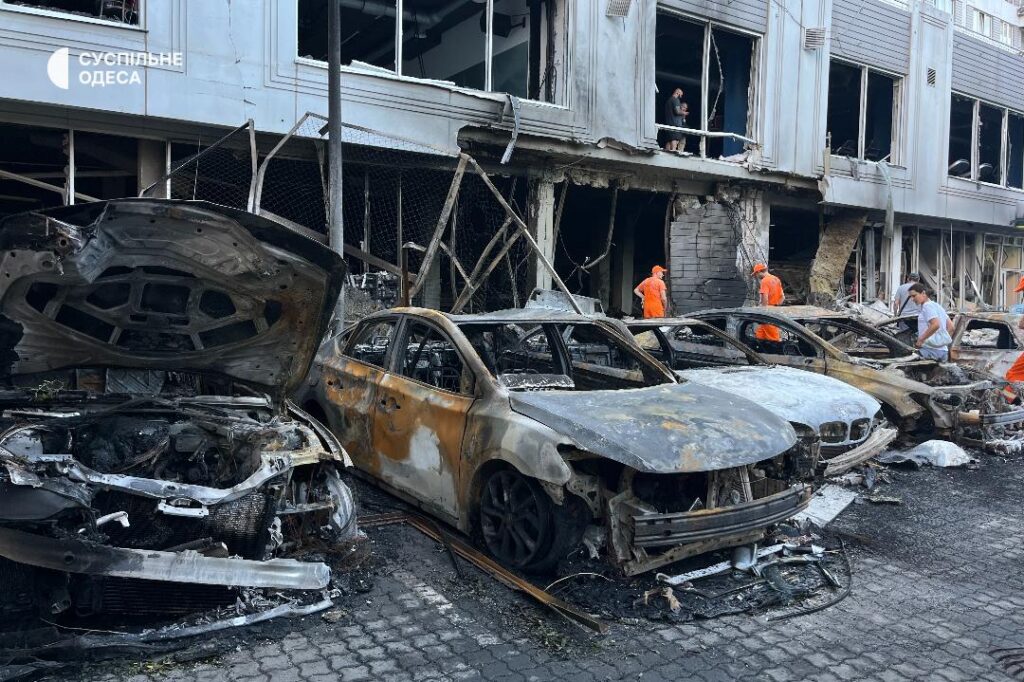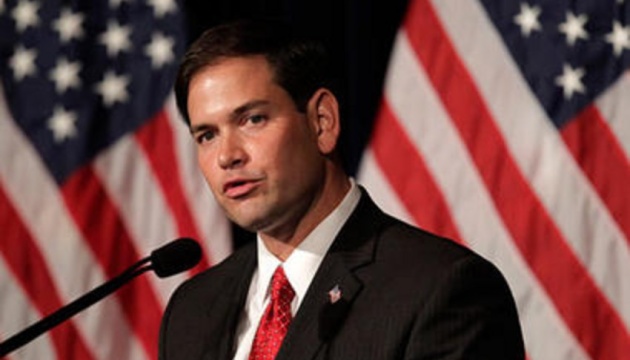Kyiv buried journalist Victoria Roshchyna, murdered in Russian captivity
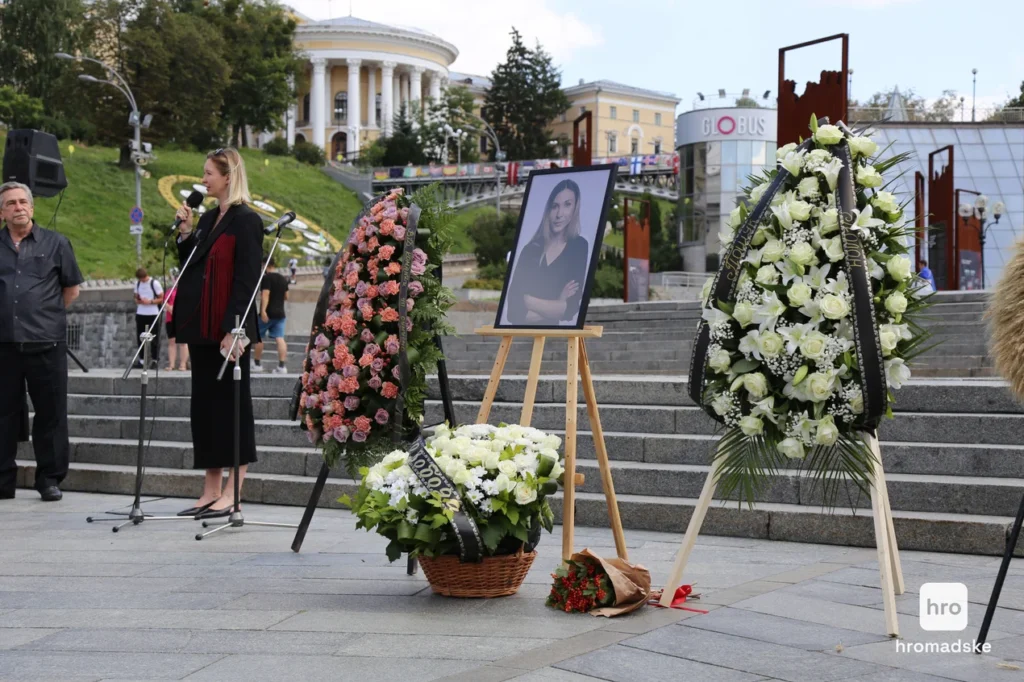
Kyiv held a funeral service on 8 August for Ukrainian journalist Victoria Roshchyna, who died in Russian detention.
Roshchyna disappeared in occupied territories on 3 August 2023. Russia confirmed her captivity in May 2024, and her death was announced 10 October 2024. She had been previously kidnapped by Russians in March 2022 but freed after ten days.
She was held in at least two Russian prisons, including the Taganrog detention center—described as “one of the most brutal places of detention for Ukrainians on Russian territory.”
The journalist worked for hromadske, Ukrainska Pravda, Radio Liberty, and other outlets. She received the 2022 International Women’s Media Foundation award “For Courage in Journalism.”
According to hromadske, the farewell ceremony on 8 August began with a service at St. Michael’s Cathedral, where several hundred people gathered, including Roshchyna’s relatives—her father and younger sister—former colleagues, and concerned citizens. Her coffin remained closed with bread placed on top, while attendees laid flowers.
After the cathedral service, the hearse proceeded to Independence Square under police escort, with traffic stopped for the procession. During the civilian ceremony, a military officer called out: “Glory to Ukraine! Glory to Victoria!”
Former hromadske editor-in-chief Angelina Karyakina, who worked with Roshchyna for nearly three years, described the journalist’s unwavering commitment to her stories.
“Vika never abandoned what she started, if she began to lead some case, some story, to cover some event. She just never left either her heroes or her cases. This is how her very deep, thorough coverage of Maidan cases was born. This is how her documentary film about the prisoners—Ukrainian sailors—was born. This is how other cases were born. I am sure that her work from the occupied territories was built according to the same logic,” Karyakina said.
Karyakina recalled that Roshchyna never took vacations or days off because “for her, this was not work, journalism was a calling for her.”
The former editor emphasized that journalists must determine what happened to Roshchyna and continue her work.
People’s Deputy Yaroslav Yurchyshyn, who came to bid farewell to Roshchyna, remembered her as a political journalist who asked “uncomfortable questions without limitations.”
Roshchyna was buried at Baikove Cemetery. The farewell ceremony was organized by her colleagues from several newsrooms where she worked, including hromadske.
